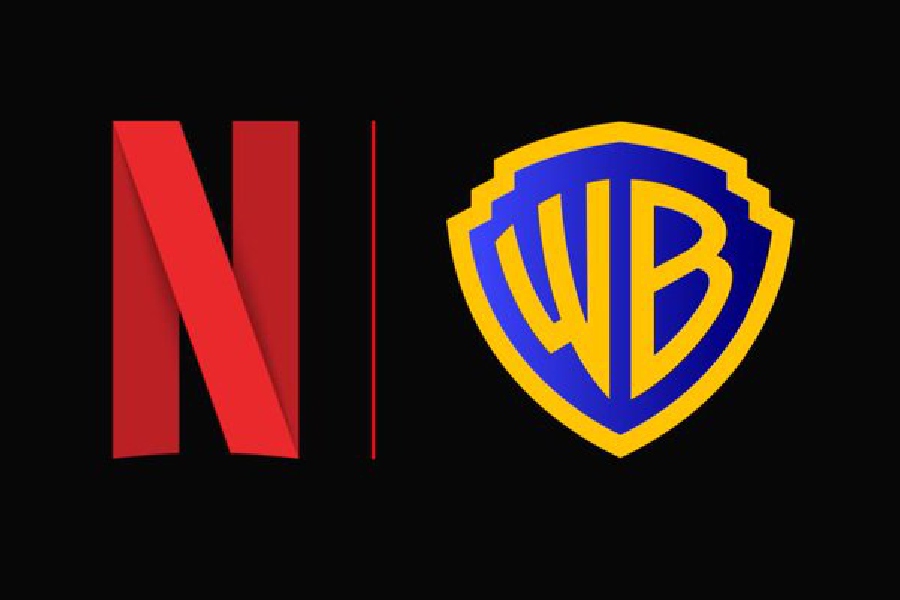There was something sacred about listening to music on the hi-fi in the 1980s and early ’90s, like putting on an album, sitting around for a few hours and engaging with music without distractions. Music has become mostly background noise, something to fill the silence while we multitask, or to act as a motivator during exercise.
For anyone who has grown up with brands like Bowers & Wilkins, Marantz and Denon, there is plenty to talk about as Samsung has agreed to acquire (subject to regulatory approvals) — through its subsidiary Harman International — the audio business of US-based Masimo for $350 million. The deal brings them under the same roof as JBL, Harman Kardon, Arcam, AKG, Mark Levinson and Reve. It is not Samsung’s first gig at acquiring important audio brands. In 2016, the South Korean company picked up Harman for $8 billion (the acquisition was completed in 2017).
Before you say that the audio industry is beginning to look like the cereal aisle in a supermarket, consider what’s unfolding. It’s the focus that’s shifting.
Car audio is a big deal
Though Harman was acquired in 2016, it continues to operate as a distinct entity focused on establishing AV brands. Unlike Masimo, which is fundamentally a medical technology company, Harman has the resources and knowledge to focus on what’s important.
Dave Rogers, president of Harman’s lifestyle division, said: “This acquisition represents a strategic step forward in the expansion of Harman’s core audio business and footprint across key product categories such as home audio, headphones, hi-fi components, and car audio.”
Car audio is where the new action lies. Factory audio systems in cars were once an AM-FM radio with a cassette player and a couple of speakers crammed here and there. A milestone was reached in 1982 when Bose tuned a system to the acoustics inside a 1983 Cadillac Seville. Having four speakers was revolutionary. The Bose approach continues to be a benchmark in car audio, but it has also been matched by factory-installed systems from the likes of Harman Kardon, Bowers & Wilkins, Bang & Olufsen, Burmester and McIntosh Labs.
Car electronics is not easy. When you consider a home setup, traditionally there has been an amp, a tuner, a CD player and a turntable for those who love vinyl. At the same time, decent speakers can be two feet high with powerful ferrite magnet drivers covered by gossamer cloth grilles. It weighs an enormous amount. On the other hand, car electronics are jammed into small spaces. Door speakers experience hundreds of slams and given road conditions in India, there is pothole shock. To keep it light, car speakers use neodymium drivers.
Depending on the car, surround sound can take on a new meaning. For example, you can put speakers in the stanchions by the window frame. Despite all the advancements, car audio still has miles to go. When in motion, wind noise can disrupt audio performance. Samsung’s wide range of offerings can tackle many of the shortcomings.
Harman is known for making car audio systems under brand names popular with audiophiles, such as Harman/Kardon and JBL. Harman’s appeal to Samsung comes from the connected car business — an operation that supplies a car’s navigation services, its onboard entertainment systems and its connectivity to the rest of the world.
For the higher-end of the vehicle market, customers are willing to pay more for an audio system. India, for example, is waking up to the appeal of Dolby Atmos technology, which considers the movement of sound from a content perspective.
Distinct identities
There is an opportunity to maintain the “soul” of the larger audio brands. Arcam (established in 1976), for example, has been owned by Harman since 2017. The brand continues to focus on delivering hi-fi separates and AVRs. The engineering and sound design team have come up with some great products lately, like Arcam A5 and Arcam A15 amplifiers.
The same goes for Mark Levinson, which was born in 1972. It continues to offer precision and fidelity, like on No.5909 headphones and No.5805 stereo amplifier, launched while under Harman ownership.
Bowers & Wilkins, which was established in 1959, continues to be a favourite. Take the Bowers & Wilkins Px7 S3 noise-cancelling wireless headphones, which are impressive. B&W 607 S3 are mid-range standmounts that many audiophiles have on their shopping list. The same goes for Bowers & Wilkins 805 D4 speakers. In the Harman universe, B&W will keep doing its magic and will have a better reach than before.
Competition is high
Hi-fi audio systems may not be everywhere, but there is a niche crowd that’s willing to pay top dollars. In 2014, Apple paid $3 billion to acquire Beats. The tech giant acquired a fast-growing brand whose ability to sell electronics at a high premium is rivalled only by Apple itself. Beats entered the market in 2008 with $350 headphones, and within five years, it had 59 per cent of the market for headphones that cost more than $99, according to NPD Group. It changed premium audio from an obsession of audiophiles to an affordable luxury craved by a wider population. Today, under Apple’s umbrella, it continues to do brisk business.
Last year, Bose acquired the McIntosh Group, the parent company of both McIntosh and Sonus Faber. It was a sensible move when you look at the fact that prior to Bose, McIntosh Group was owned by investment firms for many years. Bose’s ownership is a better fit.
This acquisition will allow Bose access to true high-end audio expertise from two of the best brands in the business. It will also help Bose have a better opportunity at burgeoning in-car audio solutions and partnerships. The company said in a statement: “The combined forces of Bose and McIntosh Group also opens new opportunities in the automotive sector…. The brands will work together to expand their research and continue to engineer authentic in-car experiences that redefine automotive sound.”
McIntosh is known for developing in-car entertainment systems for various Jeep Wagoneer and Grand Cherokee models, while Sonus Faber for the Maserati Grecale, Lamborghini Revuelto and Pagani Huayra.
For Samsung, the opportunity is immense. It can incorporate the hi-fi brands’ expertise in sound tuning into its own products, be it phones, TV speakers or soundbars.
Meanwhile, what happens to the home stereo system? Most youngsters can’t think of a world where wires get tangled. The mid-market for hi-fi has been killed, leaving us with a high-end market that’s consistent. There was a time when we invested in better audio equipment, maybe to listen to Steely Dan’s Aja. What we don’t have now is perhaps the most important commodity — time… time to listen to music on hi-fi. A good pair of headphones and a streaming service are enough, or at least most of us are inclined to think that way.










